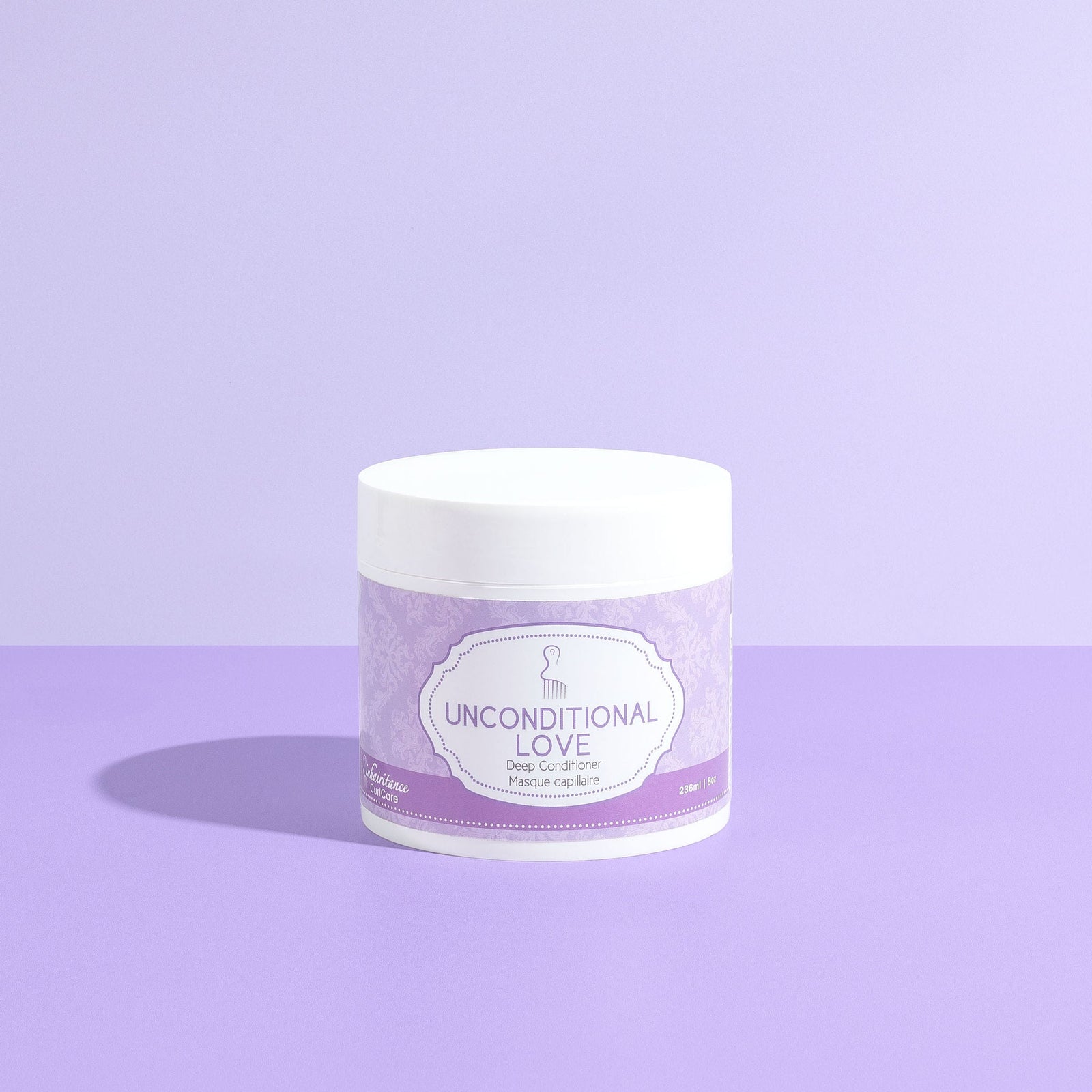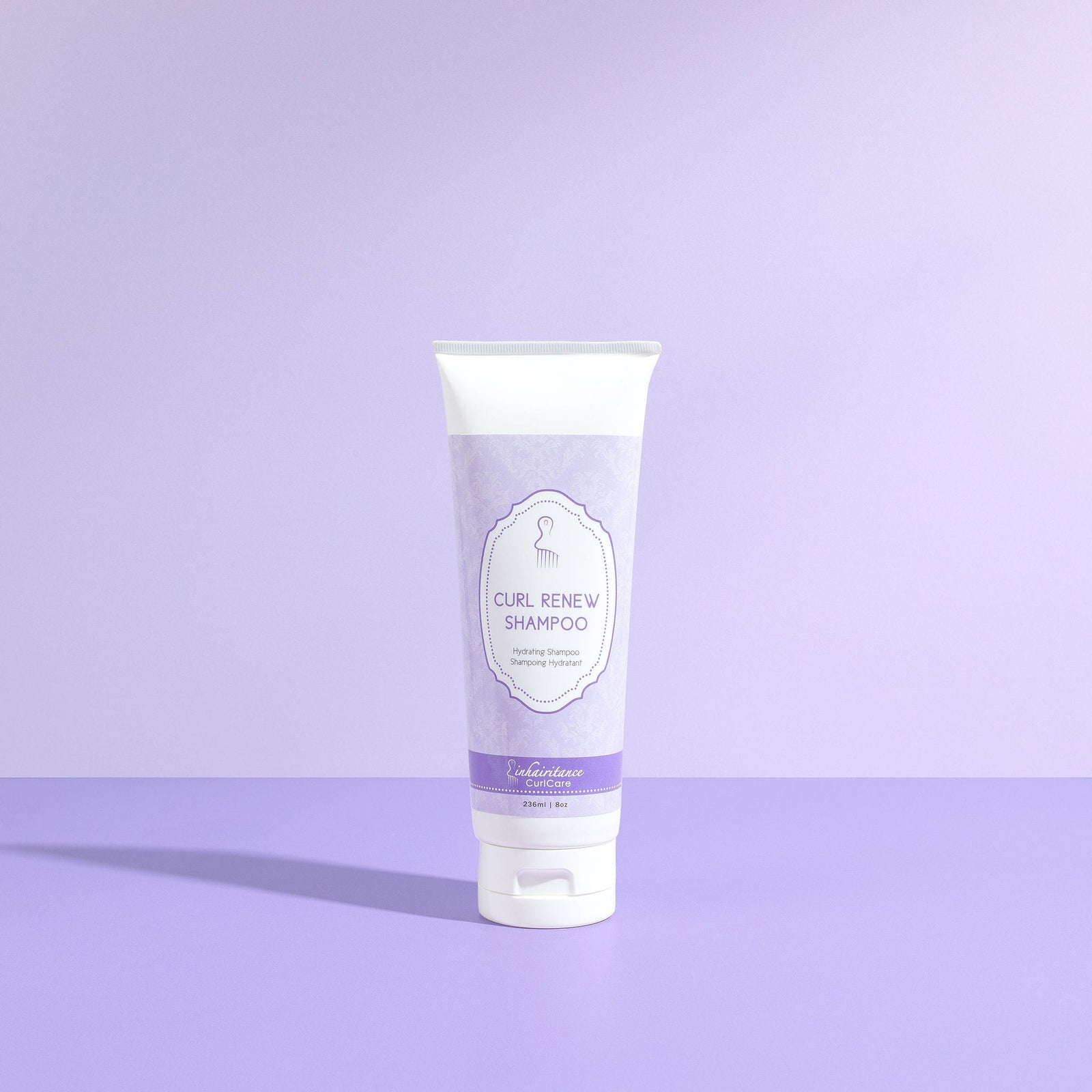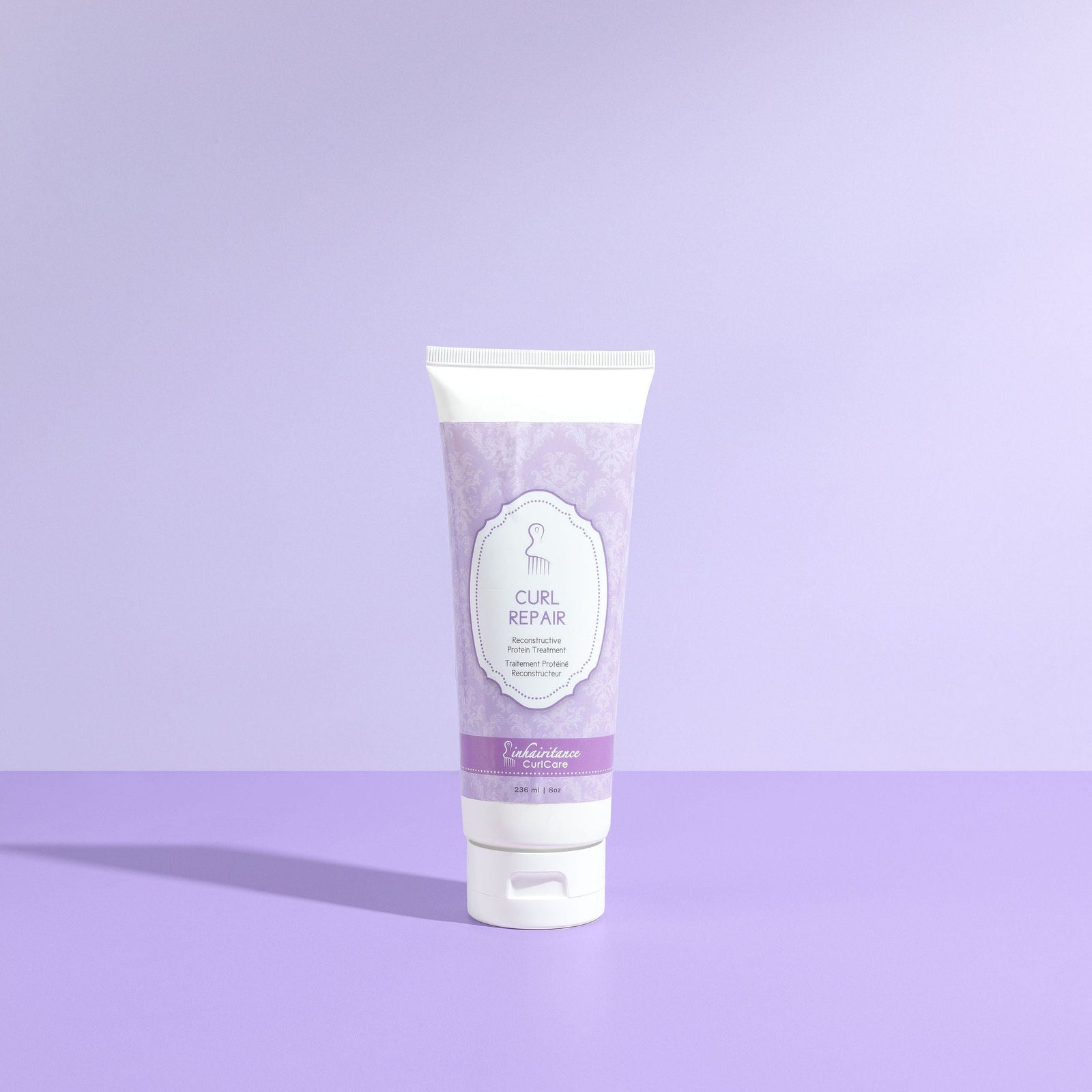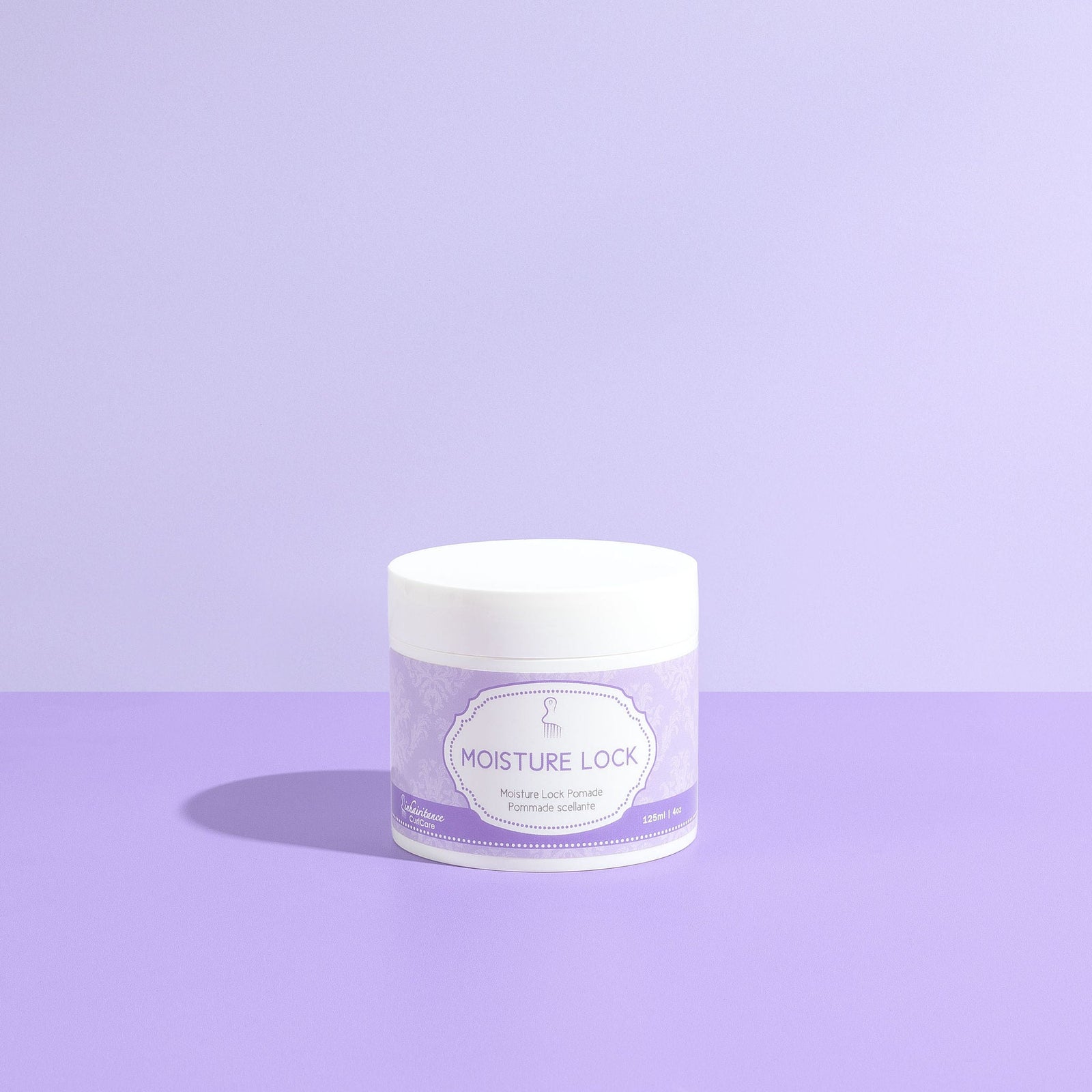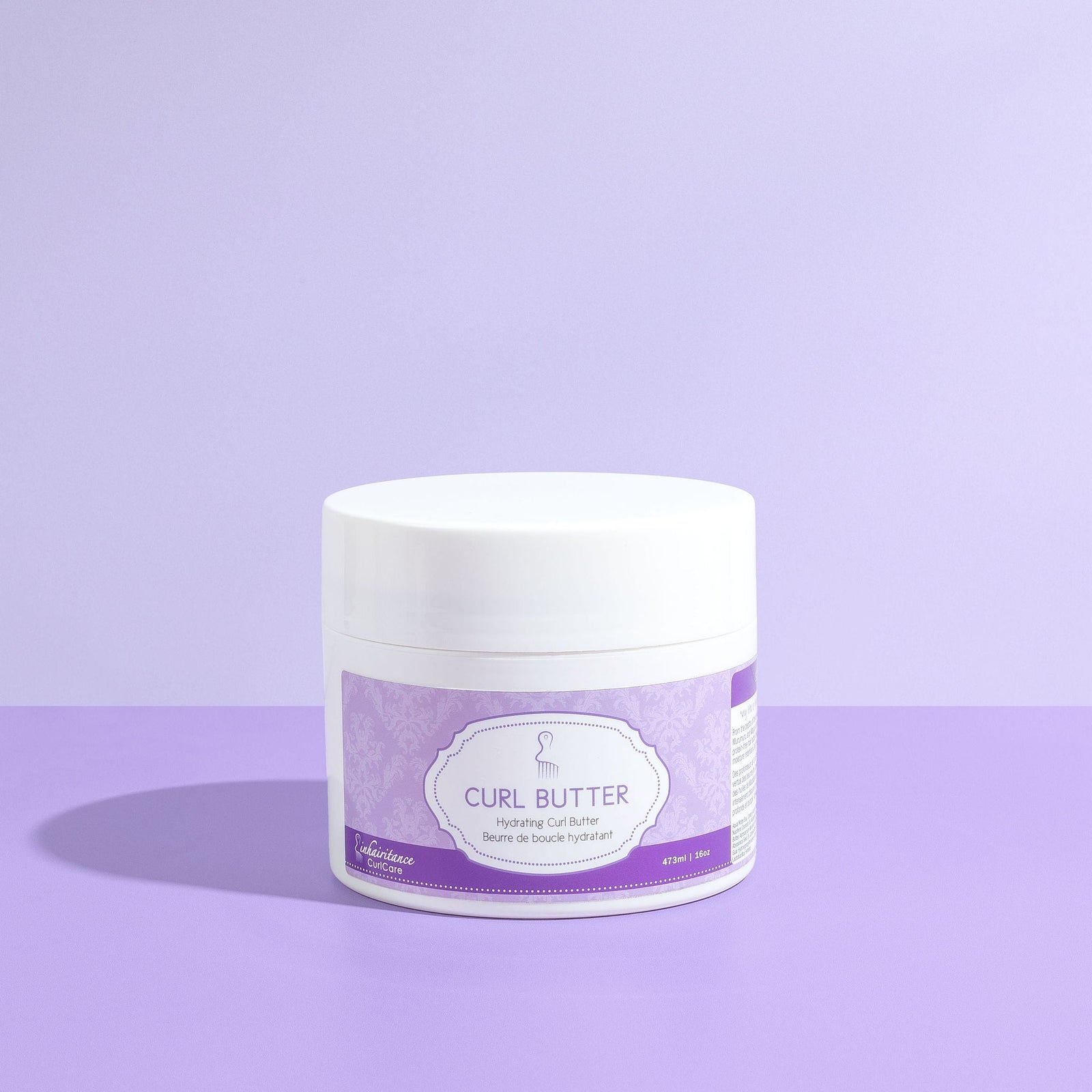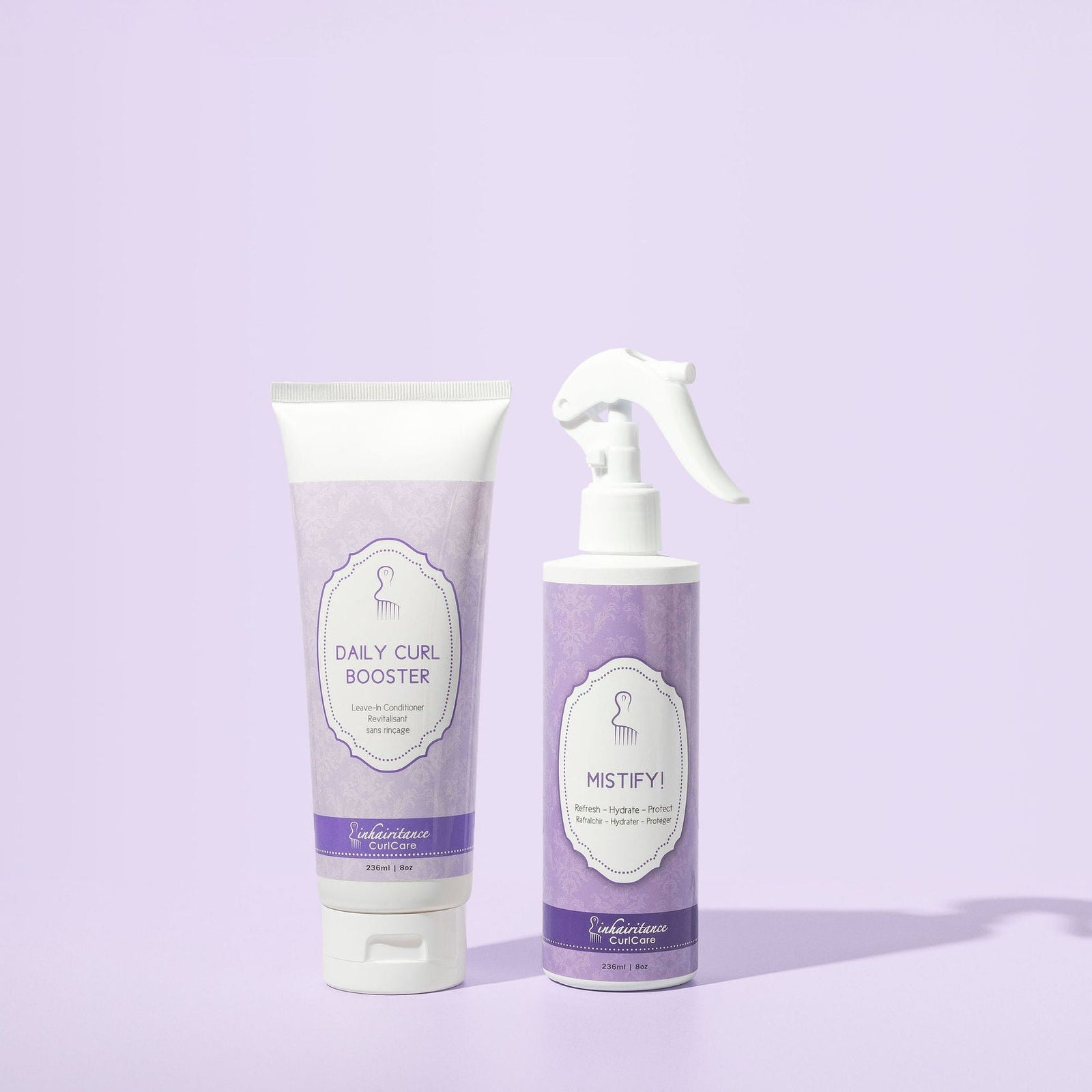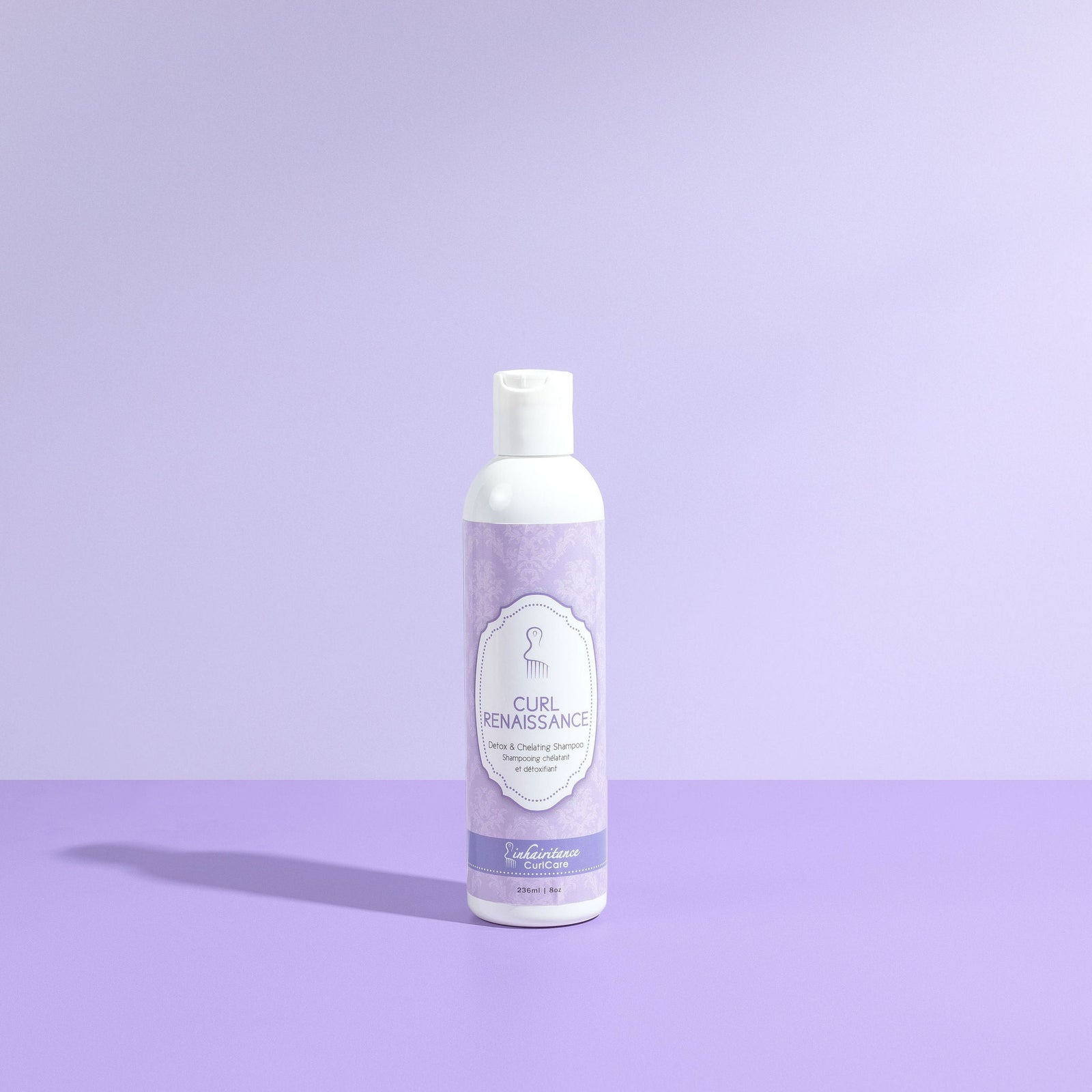Is your curly hair constantly crying out for moisture? You're not alone. Dry hair is one of the most common complaints among those with natural and curly textures—but here's the truth: not all dry hair is created equal.
At Inhairitance Curl Care, we believe in solving problems at their root. That's why understanding which type of dryness you're experiencing is the crucial first step toward effective treatment. Just like a doctor wouldn't prescribe the same medication for different illnesses, your hair deserves targeted care based on its specific needs.
Why General "Moisturizing" Products Often Fail
Before we dive into diagnosing your dry hair type, let's address the elephant in the bathroom: why do so many "ultra-hydrating" products leave your hair just as thirsty as before?
The answer lies in specificity. When you're treating the wrong type of dryness, even the most expensive products can't deliver results. It's like watering a plant from the leaves when the problem is in the roots.
Now, let's explore the five distinct types of dry hair and how to identify which one you're dealing with.
Type 1: Porosity-Related Dryness
Signs:
- Hair feels dry immediately after washing
- Products seem to "sit" on top of your hair
- Water beads up on your strands rather than absorbing
- Difficulty getting hair fully wet in the shower
- Takes forever to dry
What's happening:
Low porosity hair has tightly closed cuticles that prevent moisture from entering the hair shaft. Conversely, high porosity hair has too many openings, causing moisture to evaporate quickly.
Treatment approach:
For low porosity:
- Use gentle heat when deep conditioning to help open the cuticle
- Focus on lightweight, water-based products
- Avoid heavy butters and oils which can cause buildup
- Consider regular clarifying to remove product buildup
For high porosity:
- Incorporate protein treatments to help fill gaps in the cuticle
- Use heavier sealants and butters to lock in moisture
- Apply products to soaking wet hair
- Look for ingredients like aloe vera and flaxseed that can help temporarily fill cuticle gaps
Type 2: Environmental Dryness
Signs:
- Hair feels drier in certain seasons or locations
- Dryness increases with exposure to heating/cooling systems
- Hair becomes brittle after swimming or beach days
- You notice changes when traveling to different climates
What's happening:
Environmental factors like low humidity, hard water, chlorine, salt water, and UV exposure can all strip moisture from your hair or prevent it from absorbing properly.
Treatment approach:
- Invest in a shower filter if you have hard water
- Use a swimming cap or pre-treat hair before swimming
- Incorporate UV protection products during sun exposure
- Consider a humidifier during dry winter months
- Use anti-humidity sealers in very humid environments
- Do regular chelating treatments to remove mineral buildup
Type 3: Product-Induced Dryness
Signs:
- Hair feels coated but not moisturized
- Increased tangling despite using detangling products
- Dryness worsens after using certain products
- Hair feels "producty" but still brittle
What's happening:
Certain ingredients in products can actually increase dryness over time. Common culprits include:
- Drying alcohols (SD alcohol, denatured alcohol)
- Sulfates
- Silicones (can block moisture if not properly removed)
- Glycerin in very dry environments (it can pull moisture OUT of your hair)
Treatment approach:
- Perform a reset wash to remove buildup
- Audit your products for potentially drying ingredients
- Consider the "less is more" approach with fewer, more effective products
- Pay attention to how your hair responds to humectants in different seasons
- Use clarifying treatments regularly
Type 4: Health-Related Dryness
Signs:
- Sudden onset of dryness without changing products
- Dryness accompanied by other symptoms like scalp issues or excessive shedding
- Dryness that coincides with changes in medication or health status
- No improvement despite trying various external treatments
What's happening:
Internal factors including hormonal changes, medication side effects, nutritional deficiencies, or health conditions can manifest as dry hair.
Treatment approach:
- Consider consulting with a healthcare provider
- Increase water intake
- Evaluate your diet for essential fatty acids, proteins, and nutrients necessary for hair health
- Try supplements like omega-3s, biotin, or a specialized hair vitamin (with medical approval)
- Be gentle with your hair during this period, minimizing heat and manipulation
Type 5: Structural Dryness
Signs:
- Hair that's damaged from chemical processing
- Split ends and breakage
- Heat-damaged sections that never seem to hold moisture
- Different textures throughout your hair
- Chronically dry ends while scalp and roots feel fine
What's happening:
Physical or chemical damage has altered the structure of your hair, making it unable to retain moisture properly. Once hair is structurally damaged, it cannot be "repaired" - only managed or trimmed away.
Treatment approach:
- Regular trims to remove damaged ends
- Protein-moisture balanced treatments
- Bond-building products to help strengthen remaining bonds
- Heat-free styling whenever possible
- Protective styling to prevent further damage
- Deep conditioning treatments with heat
- Consider a "big chop" if damage is extensive
Finding Your Custom Solution: It's Often a Combination
Most people aren't dealing with just one type of dry hair but rather a combination. This is why cookie-cutter approaches rarely work long-term.
The key is to identify your primary and secondary dry hair types and address them simultaneously with a tailored approach. For example, if you have both porosity-related and environmental dryness, you'll need strategies that address both cuticle structure AND protection from external elements.
Ready to End Your Dry Hair Spell?
Understanding which type of dryness you're experiencing is just the beginning. The real transformation happens when you apply this knowledge to create a sustainable, science-based routine specifically tailored to your hair's needs.
That's exactly what we'll teach you in our upcoming MasterClass #3: How to Finally End Dry Hair.
In this comprehensive virtual workshop, you'll:
- Get a personalized assessment of your specific dry hair type(s)
- Unlock the scientific secrets to long-term moisture retention for natural and curly hair
- Discover the science behind how textured hair interacts with water
- Debunk common myths about hydration that might be sabotaging your efforts
- Learn exactly how to protect your hair's integrity for maximum moisture
- Walk away with a custom routine that works with YOUR unique hair—not against it
Through hands-on activities, expert guidance, and actionable takeaways, you'll finally break free from the endless cycle of temporary fixes and achieve the consistently moisturized, healthy hair you deserve.
REGISTER NOW for MasterClass #3: How to Finally End Dry Hair Early


